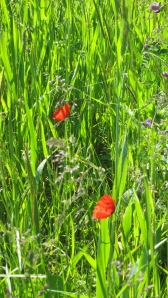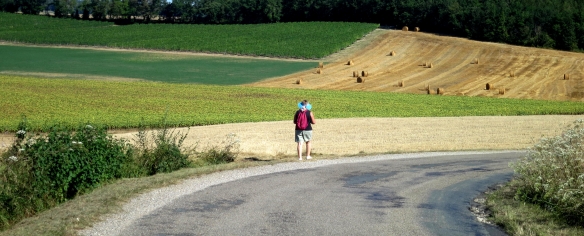“The Whistler’s fourth victim was his youngest, Valerie Mitchell, aged fifteen years, eight months and four day, and she died because she missed the nine-forty bus from Easthaven to Cobb’s Marsh. As always she had left it until the last minute to leave the disco and the floor was still a packed, gyrating mass of bodies under the makeshift strobe light when she broke free of Wayne’s clutching hands, shouted instructions to Shirl about their plans for next week above the raucous beat of the music and left the dance floor. Her last glimpse of Wayne was of his serious, bobbing face, bizarrely striped with red, yellow and blue under the turning lights. Without waiting to change her shoes, she snatched up her jacket from the cloakroom peg and raced up the road past the darkened shops towards the bus station, her cumbersome shoulder bag flapping against her ribs. But when she turned the corner into the station she saw with horror that the lights on their high poles shone down on a bleached and silent emptiness and dashing to the corner was in time to see the bus already half-way up the hill. There was still a chance if the lights were against it and she began desperately chasing after it, hampered by her fragile, high-heeled shoes. But the lights were still green and she watched helplessly, gasping and bent double with a sudden cramp, as it lumbered over the brow of a hill and like a brightly lit ship dank out of sight. ‘Oh no!’ she screamed after it, ‘Oh God! Oh no!’ and felt the tears of anger and dismay smarting her eyes.”
Thus P.D. James immediately engages our attention as she announces that we are reading a murder mystery involving a serial killer. There will be many more examples of her ability to build tension; to describe action scenes; to engage all the senses – sight, hearing, and touch in this passage, while smell features in many more, including, later in the first chapter that of “drink and sweat and a terror matching her own”. We also have here glimpses of her taste for alliteration and simile, and her ability to convey varying emotions.
This story is much more than a detective novel. It is also about the politics of publishing, protest, nuclear power and a remote rural location; of the people who live there and their interrelationships, of their back stories, of secrets, of deception; of grief, guilt, sexual faithfulness and promiscuity, physical and emotional pain.
The power station, perched above the “sea-scoured coast” of the headland, viewed from everywhere in the village, and lit by the skies according to the time of day or night and the weather becomes a brooding presence reflected in the character of its manager.
Particularly in the interview sections, much of the narrative involves conversation, of which James is a master. She understands the complexity of human emotions, the importance of tone, of silence, and of non-verbal communication. Careful questioning and listening will give an investigator more truth than any amount of force and bluster.
The tale is full of surprises, some of which change the focus of the reader. Given the number of characters in the story and their different recollections and presentations, true and false, the precision of the author’s prose is exemplary, enabling her to tie up all the threads in her concluding chapters, the details of which we were not expecting.
Irene von Treskow’s illustration to the book jacket of my Faber and Faber first edition of 1989 conveys the sight of the power station seen through the ruined abbey against a moonlit night sky as the silent protagonist of the book.
Whilst I was drafting this review, Nathan of Norman’s Heating was servicing our oil fuelled boiler which, despite various visits in the last two years had not received a full service.
This evening we dined on cod and parsley fish cakes; boiled new potatoes; crunchy carrots; firm broccoli and cauliflower with chopped leaves; tender mange-touts; and moist ratatouille, with which I drank Reserva Privado Chilean Malbec 2023.






















